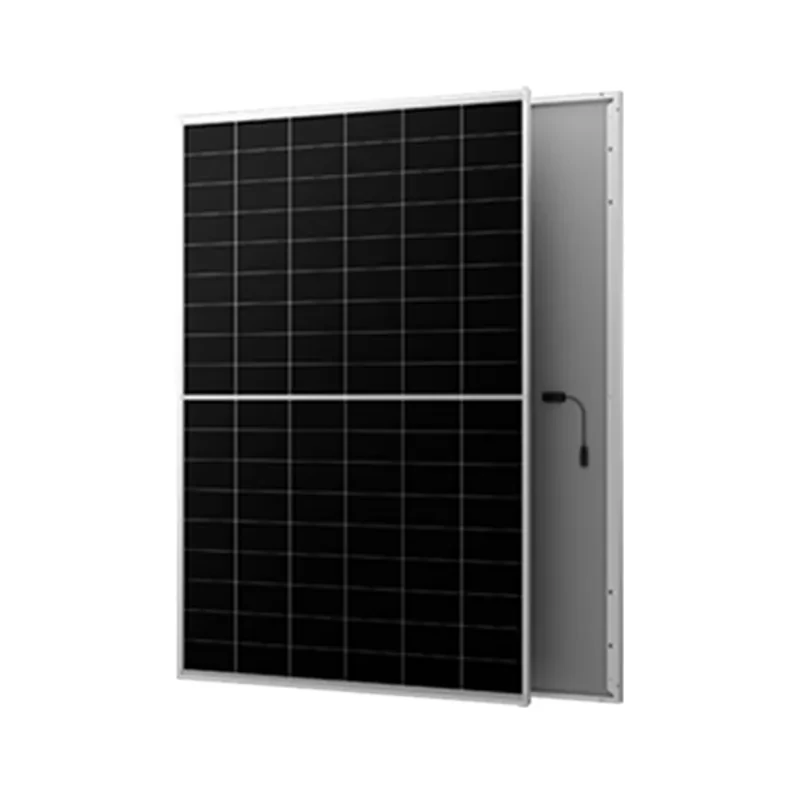Exploring the Benefits of Bifacial Photovoltaic Technology in Solar Energy Systems
Understanding Bi-Facial Photovoltaic Technology
In the quest for renewable energy solutions, photovoltaic (PV) technology has emerged as one of the most promising options. Among the various innovations in this field, bi-facial photovoltaic (bi-facial PV) technology stands out as a significant advancement. This article explores the fundamentals of bi-facial PV, its advantages, potential applications, and the future it holds in the solar energy landscape.
What is Bi-Facial PV Technology?
Bi-facial PV panels are designed to capture sunlight from both sides, allowing them to generate electricity not only from the direct sunlight that strikes their front surface but also from the sunlight that reflects off the surrounding environment. Traditional monofacial solar panels, on the other hand, only capture sunlight from one side. This dual-sided design enables bi-facial panels to enhance energy production, making them more efficient under certain conditions.
Advantages of Bi-Facial PV
1. Increased Energy Yield One of the primary advantages of bi-facial PV panels is their ability to produce more energy. Studies have shown that these panels can yield 10% to 20% more electricity compared to their monofacial counterparts, particularly in environments with high albedo (reflectivity), such as snowy or sandy areas. This extrapolation of energy capture is due to the reflection of sunlight onto the rear side of the panels.
2. Enhanced Performance in Low Light Bi-facial PV systems perform better in low-light conditions, including early mornings, late afternoons, and cloudy days. This is particularly beneficial in regions where sunlight availability may be inconsistent, thus improving reliability.
3. Longer Lifespan and Durability Bi-facial panels are often built with robust materials, which may lead to a longer operational lifespan. These panels are less susceptible to degradation as they are designed to withstand harsher environmental conditions. Many manufacturers provide warranties that extend significantly longer than those for traditional panels.
bi facial pv

4. Adaptable Design Bi-facial PV technology can be integrated into various mounting systems, whether ground-mounted, rooftop installations, or solar farms. This flexibility makes it suitable for a wide range of applications, including residential, commercial, and utility-scale projects.
Applications of Bi-Facial PV
The versatility of bi-facial PV technology allows its application across various settings. In residential areas, homeowners may install bi-facial panels on rooftops or in backyards where they can benefit from the additional energy production. In commercial spaces, bi-facial systems can be deployed on large rooftops or parking structures. Utility-scale solar farms can utilize bi-facial technology to maximize energy yield over expansive areas, especially when combined with reflective surfaces underneath the panels, such as white gravel or solar ground covers.
The Future of Bi-Facial PV
The future of bi-facial PV appears bright as the demand for renewable energy continues to grow. With increasing awareness of environmental issues and government incentives promoting solar energy adoption, the bi-facial technology market is expected to expand. As research and development efforts progress, we can expect enhancements in efficiency, cost reductions, and innovative designs.
Furthermore, advancements in artificial intelligence and data analytics may contribute to better performance predictions and optimized maintenance strategies for bi-facial installations. These technological innovations will likely enhance the overall feasibility and attractiveness of bi-facial PV systems.
Conclusion
Bi-facial photovoltaic technology represents a significant leap forward in solar energy technology. By maximizing solar energy capture from both sides of the panel, bi-facial PV systems offer higher efficiencies, adaptability, and durability compared to traditional solar panels. As the world continues to move towards cleaner energy solutions, bi-facial PV has the potential to play a crucial role in shaping the future of renewable energy production. In embracing these innovations, we can work towards a more sustainable and resilient energy landscape for generations to come.
-
Unlocking Energy Freedom with the Off Grid Solar InverterNewsJun.06,2025
-
Unlock More Solar Power with a High-Efficiency Bifacial Solar PanelNewsJun.06,2025
-
Power Your Future with High-Efficiency Monocrystalline Solar PanelsNewsJun.06,2025
-
Next-Gen Solar Power Starts with Micro Solar InvertersNewsJun.06,2025
-
Harnessing Peak Efficiency with the On Grid Solar InverterNewsJun.06,2025
-
Discover Unmatched Efficiency with the Latest String Solar InverterNewsJun.06,2025







